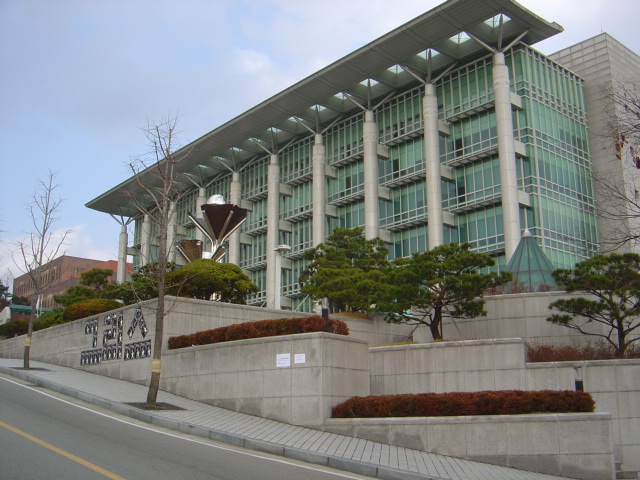Researchers from Sungkyunkwan University (SKKU) in South Korea have developed an anti-reflective coating for silicon heterojunction solar cells that can purportedly improve lower short-circuit current (Jsc), which is one of their well-known weaknesses.
The scientists said that heterojunction cells based on thin wafers have low absorption efficiency in the red and near-infrared portions of the solar spectrum, which in turn results in lower Jsc.
“The hydrogenated amorphous silicon (a-Si:H) emitter layer causes excessive reflection losses in SHJ solar cells owing to their high refractive index,” they explained. “Therefore, lowering the optical losses would improve the absorption properties of a solar cell, which is the crucial aspect for attaining high efficiency.”
The double-layered anti-reflection coating (DLARC) is based on a dielectric layer aluminum oxide placed on top of an indium tin oxide layer, with a thickness of 50 nm to 70 nm.
Via an optical simulation, the academics were able to observe that the novel layer can significantly minimize the optical losses in cells. According to their measurements, the solar cell with the aluminum oxide/indium tin oxide DLARC showed an increase in external quantum efficiency, which defines the ratio of the number of electrons in the external circuit produced by an incident photon of a given wavelength, from 76.89% to 84.34%. It also exhibited a reduction of average reflectance from 9.33% to 4.74% and an increase in Jsc 39.91 mA/cm2 to 41.13 mA/cm2, as compared to the cell fabricated with a coating based on the ITO layer alone.
“The improved optical and electrical properties lead to increase the cell efficiency from 20.95% to 21.60%,” the scientists affirmed. “These results suggest that the fabricated (aluminum oxide/indium tin oxide) DLARC can be effectively used in industrial silicon heterojunction solar cell applications.”
The scientists described the anti-reflective coating in “Improved Optical and Electrical Properties for Heterojunction Solar Cell using Al2O3/ITO Double-layer Anti-Reflective Coating,” which was recently published in Results in Physics.
This content is protected by copyright and may not be reused. If you want to cooperate with us and would like to reuse some of our content, please contact: editors@pv-magazine.com.




2 comments
By submitting this form you agree to pv magazine using your data for the purposes of publishing your comment.
Your personal data will only be disclosed or otherwise transmitted to third parties for the purposes of spam filtering or if this is necessary for technical maintenance of the website. Any other transfer to third parties will not take place unless this is justified on the basis of applicable data protection regulations or if pv magazine is legally obliged to do so.
You may revoke this consent at any time with effect for the future, in which case your personal data will be deleted immediately. Otherwise, your data will be deleted if pv magazine has processed your request or the purpose of data storage is fulfilled.
Further information on data privacy can be found in our Data Protection Policy.